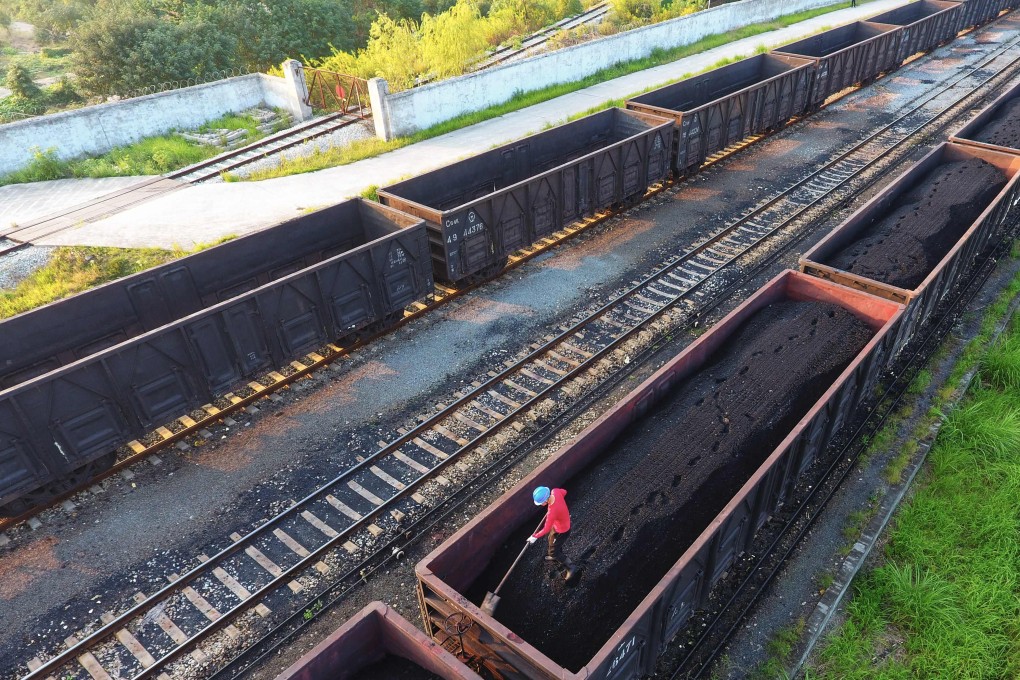Climate change: China’s coal reliance raises alarms as UN IPCC moves net-zero deadlines ahead 10 years for 1.5-degree goal
- China’s reluctance to ditch coal due to energy-security concerns will make the country’s decarbonisation even harder, climate experts say
- UN’s new goals require ‘much faster emissions reductions than China is currently prepared to target’, an analyst says

China’s reluctance to ditch coal due to energy-security concerns, as evidenced by Beijing’s recent greenlighting of more coal-fired power plants, will make the country’s decarbonisation progress even harder, climate experts said.
The UN Intergovernmental Panel on Climate Change (IPCC), the world’s leading climate-science body, on Monday released a landmark report summarising the panel’s findings in the past five years and giving a comprehensive assessment of how the global climate crisis is unfolding.
“The climate time-bomb is ticking,” said UN Secretary-General Antonio Guterres in a statement to mark the launch of the IPCC report on Monday. “Humanity is on thin ice – and that ice is melting fast.”

According to the report, the hurdles to keeping global warming to 1.5 degrees Celsius above pre-industrial levels by 2100 have become even higher due to a continued increase in greenhouse gas (GHG) emissions. This has left the current plans and pace of climate actions insufficient to tackle climate change, the report said.